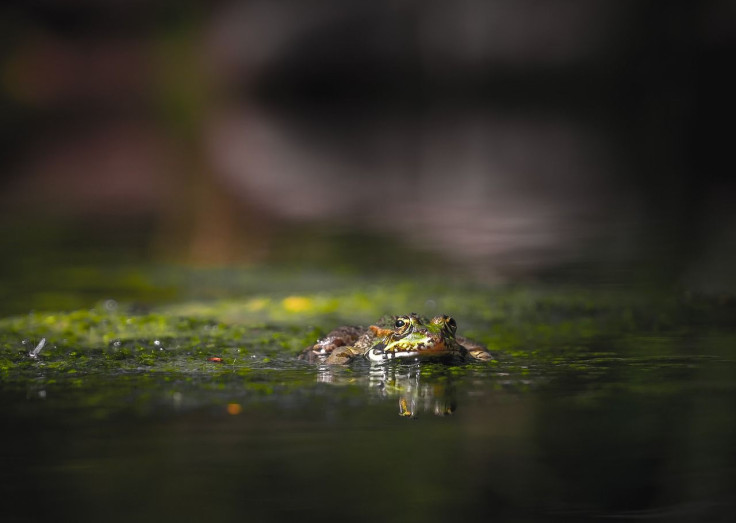Scientists Want Your Frog Pictures; Here's Why
KEY POINTS
- Scientists are seeking submissions of photos of frogs in Australia
- It can help detect "inconspicuous" frogs, and also aid in conservation
- "The power of collective action can be amazing for science": project lead
Scientists in Australia are looking for pictures of frogs. It sounds like a simple thing to do, but it could help with frog conservation.
In particular, experts at the University of New South Wales (UNSW) Science and the Australian Museum are looking for pictures of frogs that are being bitten by flies, UNSW noted in a news release. It's for a technique called invertebrate-derived DNA (iDNA), wherein the scientists sample the blood from the bellies of the flies for the DNA of the creatures they are feeding on.
According to the university, it's quite like the premise of 'Jurassic Park.'
"Rare frogs can be very hard to find during traditional scientific expeditions," project lead, Ph.D. student Timothy Cutajar, said in the news release. "Species that are rare or cryptic [inconspicuous] can be easily missed, so it turns out the best way to detect some species might be through their parasites."
Initial trials have helped reveal the presence of frogs that "traditional searching methods" did not.
"I played frog calls to attract flies, sequenced the DNA in their blood meals (coined invertebrate-derived DNA, or iDNA), and forensically established that threatened frogs were in the area through the DNA sequences more effectively than when searching for frogs directly," Cutajar said in an Australian Museum blog, calling it "CSI-frogs edition."
As for the pictures that people will send in, the idea is that through them, the scientists can figure out which parasites are biting which frogs.
As Cutajar explained, frogs aren't likely to be "equally parasitized," and the photos can help them learn more about the host-parasite relationship between the frogs and the flies. For instance, it could help them figure out the characteristics of the frogs that are most likely to be bitten.
Have you ever seen a #frog being bitten by flies? 🐸@UNSWScience & @austmus are calling on citizen scientists to help protect threatened frog species by identifying which parasitic flies are biting which frogs. 🦟 pic.twitter.com/3HsgCdlbZh
— UNSW (@UNSW) June 21, 2022
"(It could help) in the discovery of new species or even the rediscovery of species thought to be extinct, so I want to continue developing techniques for frog iDNA surveys," said Cutajar, encouraging people who have photographs of frogs in Australia to have a close look at them. "If you find flies, midges or mosquitoes in direct contact with frogs in any of your photos, please share them."
Participation in the program is "completely voluntary," noted the participant consent form. Apart from submitting the photo, the participants will have to answer questions about their observation, and that takes a mere five minutes.
It doesn't matter if the frog is rare or a common one that was simply found in the backyard. As Cutajar noted, "every observation will help."
"The power of collective action can be amazing for science, and with your help, we can kickstart a new era of improved detection, and therefore conservation, of our amazing amphibian diversity," said Cutajar.

© Copyright IBTimes 2024. All rights reserved.






















